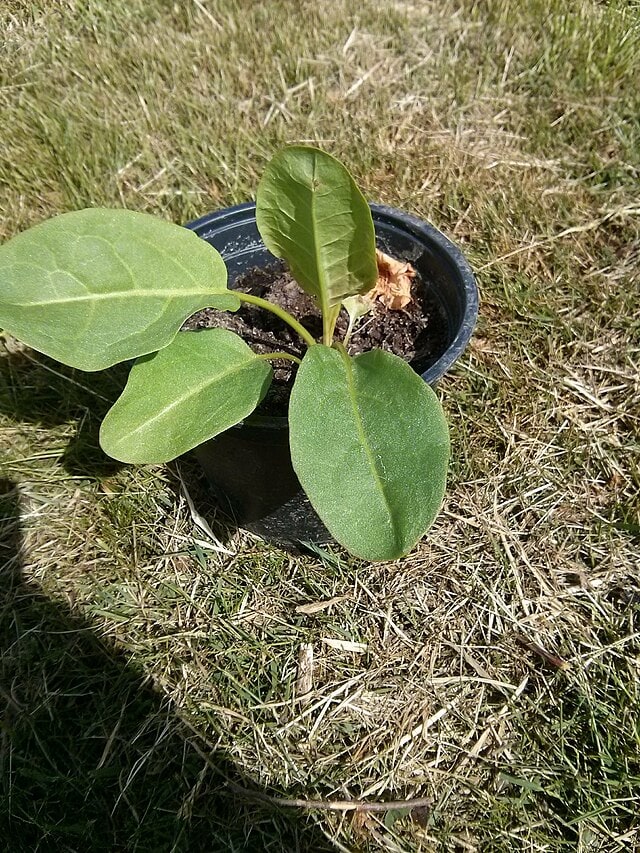Patience Dock, Garden Patience, Herb Patience, Monk's Rhubarb
Rumex patientia

🌿 Morphology
🌞 Growing conditions
🌍 Origin and family
🌾 Uses
Warning: Despite the care taken in writing this sheet, it is essential to cross-reference sources before using or consuming any plant. When in doubt, consult a qualified professional
Permaculture uses
Leaves are edible, used as a spinach substitute, especially when young. Slightly acidic flavor, best cooked. Stems can also be eaten. Seeds are edible but often bitter. The plant is a deep-rooted perennial, useful for breaking up compacted soil. Provides early spring greens when other sources are scarce. Can be used as a green manure. Rich in iron and other minerals.
Permapeople description
Rumex patientia, also known as patience dock, is a leafy vegetable with a slightly sour taste. It is grown for its edible leaves, which can be used in salads or cooked like spinach.
Botanical description
Rumex patientia is a perennial herbaceous plant belonging to the Polygonaceae family. It grows to a height of 1-2 meters. The stem is erect, branched, and grooved. Leaves are large, oblong-lanceolate, and alternate, with a reddish petiole. Flowers are small, greenish, and arranged in dense panicles. The fruit is a small, brown achene. It thrives in full sun to partial shade and prefers moist, well-drained soil. It is native to Europe and Asia.
Companion planting
Generally a good companion plant due to its deep roots. Can benefit from the presence of nitrogen-fixing plants. Avoid planting near plants that are sensitive to acidic soil conditions. No significant antagonistic relationships are widely documented.
Propagation methods
Propagation is typically done by seed sowing in spring or autumn. Division of the rootstock can be done in spring or fall. Root cuttings are also possible.
History and traditions
Historically used as a pot herb and medicinal plant in Europe. Its leaves were consumed for their nutritional value and purported health benefits, including digestive aid and blood purification. Known to the Romans as 'patientia', valued for its easy cultivation and long growing season. Some cultures used the roots for dyeing purposes.
Usage calendar
Flowering occurs from June to August. Leaves can be harvested from early spring to autumn, avoiding the hottest summer months when they become more bitter. Seeds ripen in late summer. Best time to plant is in spring or autumn. Pruning involves removing flower stalks to encourage leaf production.
